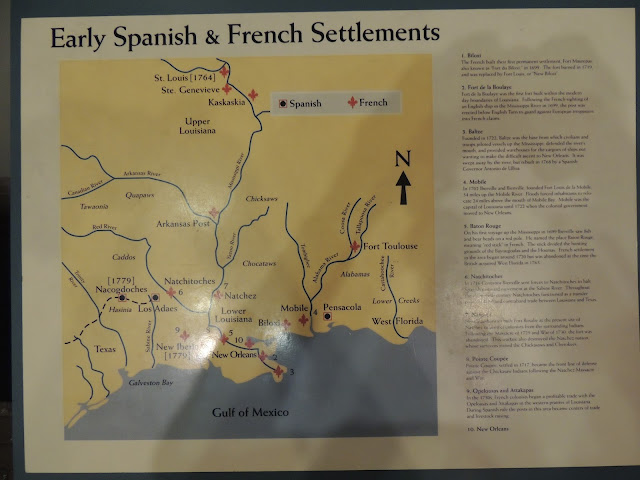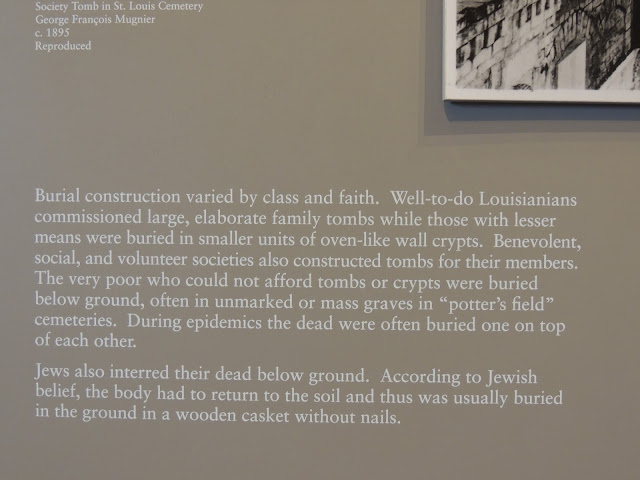The French Quarter
New Orleans, LA
Brief History of the French Quarter
By: Sally Reeves
Founded as a military-style grid of seventy squares in 1718 by French Canadian naval officer Jean Baptiste Bienville, the French Quarter of New Orleans has charted a course of urbanism for parts of four centuries. Bienville served as governor for financier John Law’s Company of the Indies, which in naming the city for the Regent Duc d’Orleans sought to curry Court favor before failing spectacularly in the “Great Mississippi Bubble.” The French Period legacy endures in the town plan and central square, church of St. Louis, Ursuline Convent and women’s education, ancien regime street names such as Bourbon and Royal, the charity hospital, and a mixed legacy of Creole culture, Mardi Gras, and the important effects of African enslavement combined with a tolerant approach to free persons of color.
The “Spanish” Quarter
In 1762 the indifferent Louis XV transferred Louisiana to his Bourbon cousin Charles III of Spain. Emboldened by a period of Spanish vacillation in taking power, Francophile colonists staged a revolution in 1768, summarily squelched by Alejandro O’Reilly with a firing squad at the Esplanade fort. Spanish rule lasted for four decades, imparting a legacy of semi-fortified streetscapes, common-wall plastered brick houses, and walled courtyards used as gardens and utility spaces with separate servants’ quarters and kitchens. Olive oil cooking and graceful wrought iron balconies, hinges and locks in curvilinear shapes, and strong vestiges of civil law remain from the Spanish presence. After great fires of 1788 and 1794, the Cabildo or town hall, Presbytere or priests’ residence, and ironically the “French” Market, arose to take a permanent place in French Quarter history.
After the Louisiana Purchase
The 1803 Louisiana Purchase, signed within the elegant salon of the Cabildo, transferred the colony to the United States, inaugurating an era of prosperity. American culture made slow inroads, largely owing to the arrival of 10,000 refugees of the French and Haitian Revolutions and Napoleonic wars. The “glorious victory” of the 1815 Battle of New Orleans, led by Indian fighter and future president Andrew Jackson over numerically superior British forces, fixed loyalty to the American nation. The French Quarter’s golden era followed as cotton, sugar and steamboats poured into the city. American, Irish, German, African and “Foreign French” immigrants swelled the population, creating a heterogeneous matrix of culture, language, religion and cuisine.
Civil War to WPA
Civil War and Reconstruction, played out politically on the streets of the French Quarter, put an end to prosperity and inaugurated a tug of war between reform and machine factions as the Old Square declined. Creoles moved to Esplanade and later Uptown, and famine-driven Sicilian immigrants found cramped lodging in the grand spaces of French Quarter mansions of the 1890s. The 1900 birth of jazz in nearby Storyville nurtured musical legends Jelly Roll Morton, Louis Armstrong, Buddy Bolden, King Oliver, Bunk Johnson, Nick LaRocca, and other jazz and ragtime greats. By 1920 the legacy of a storied past first celebrated by George Washington Cable and Lafcadio Hearn in the 1880s attracted writers and artists in increasing numbers. William Faulkner, Sherwood Anderson, Tennessee Williams and Truman Capote were among American writers attracted to the French Quarter for its freewheeling urbanism, quaint surroundings and creative stimulus, even as the building stock declined.
Vieux Carre Commission
Nineteen thirty-six marked the onset of regulatory controls in the form of the state-sanctioned Vieux Carré Commission. Residents dug in to preserve the quaint and distinctive character of the old Quarter as art galleries and antique stores sprouted on Royal Street and brassy Dixieland-style jazz flourished in Bourbon Street nightclubs and strip joints. By 1960, with traditional jazz in decline, Preservation Hall emerged to serve beleaguered musicians. Here Sweet Emma Barrett and other traditional and largely African-American musicians found appreciative and sober audiences. Today, these and other preservation battles are the order of the day as increasing pressure from a tourist-driven economy lures some 10 million visitors annually to the time and foot-worn streets of the Vieux Carré.
Sally Reeves is a noted writer and historian who co-authored the award winning series New Orleans Architecture. She also has written Jacques-Felix Lelièvre’s New Louisiana Gardener and Grand Isle of the Gulf – An Early History. She is currently working on a social and architectural history of New Orleans public markets and on a book on the contributions of free persons of color to vernacular architecture in antebellum New Orleans.http://www.frenchquarter.com/brief-history-of-the-french-quarter/
We walked along the streets of the French Quarter. The architecture, the narrow streets and the life here is fascinating.
HEX is an old world Witchcraft shop filled with magical merchandise for both curious and Witch alike: for those who believe in spirits and those who summon them in graveyards at midnight; those who dance in the rain and those who command the thunder; those who pray for justice and those who stand in strength to demand it; those who believe in magic and those whose hearts beat with its fire!
http://www.frenchquarter.com/nola/hex:-old-world-witchery/16819/
Jax Brewery
We couldn't enter the park, but we got to walk around it.
These young people were being professionally filmed; not sure if it was for a commercial, television or big screen.
The Saint Louis Cathedral We couldn't go inside because there was a mass going on.
The Cabildo
Jackson Square Park from the Cabildo
How the rich lived.
Hurricane Katrina leaves it's mark
Fats Domino's Piano after the Hurricane.
A tree covered in beads on Jackson square.
The 1850 House
A simple antebellum home.
The courtyard below
Jackson Square New Orleans. The park was closed, preparing for a coming festival. Street musicians playing, only one of many groups and individuals.
The streets of New Orleans
The Washington Artillery Park offers a different view of the area. Donna climbed the stairs and took a few photos.
The St. Louis Cathedral
The Mississippi in the background
Jax Brewery
Decatur Street was once Camino Real Muelle
Joan of Arc, Maid of Orleans, 1412-1431
Let's go to the Jazz Museum, it's right here.
We didn't make it there.
The French Market We walked through the market to the other end.







































































































































No comments:
Post a Comment